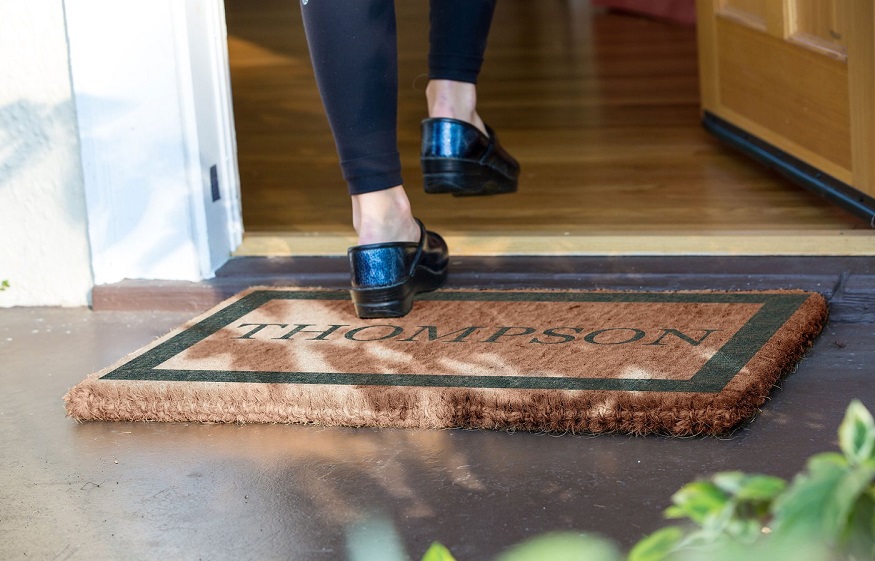How can you tell when your floor mats need to be replaced?
Commercial mats, no matter if they’re the dust-busting entry mats or waterHog Grand Classic mats or the ergonomic and all-important anti fatigue mats in the work area, will eventually reach their maximum wear-and tear capacity. It is just as important to know when they need to be replaced as it is to make the first purchase.
There is no set time when your floor mats should be replaced. Every mat is different and the material used will vary depending on how much foot traffic the mat has received and the amount of dirt/moisture it has been exposed to over its lifetime.
There are signs that mats may be worn that will alert you to the need for replacement. These signs are important to be aware of:
1. After the first year, check for any problems.
In the first year, you can check for signs that mats are aging. Most rubber and foam mats are good for at least one year. PVC sponge antifatigue mats are also typically covered by this guarantee. The longer-lasting urethane and moldable vinyl mats will last for five years, but it’s still a good idea to inspect the product after 12 months, especially if you are using them for heavy-duty work.
2. The first signs of fade are when you notice them.
A sign of wear is the fading in colored or printed mats. While they aren’t necessarily inoperable if there is a small amount of wear, it can be an indicator of how old your mats are.
3. The edges start to curl
Curling around the edges is another sign of excessive use. These minor imperfections not only make your floor look poor, but they can also lead to slips and falls.
4. They become more difficult to clean.
A weekly deep vacuuming treatment is required for most mats. Outdoor mats and dirt scrapers also require pressure treatment every once in a while. If these regular cleanings take longer and dirt accumulation becomes more difficult to remove, you should contact your mat supplier immediately.If you notice more dirt underneath your mats than usual, it is likely that your mats are not effectively trapping dirt and protecting your floors as they should.
6. They become slippery when they are too much.
To prevent slippage, all mats (not just anti-slip) are fitted with some rubber backing. Slips indicate that the rubber backing, which is supposed to provide traction, is gradually deteriorating and could become more dangerous than useful. You should replace your floor mats as soon as you see the smallest chip.
7. Your anti-fatigue mats no longer feel comfortable
Anti-fatigue mats are designed to provide comfort for those who spend long hours on their feet. If this level of comfort is not being met, you should contact your mat supplier to discuss the possibility of replacing your floor mats.
Do not delay in replacing your floor mats when you notice the first signs of wear. Avoid the risk and expense of using overworn mats.

